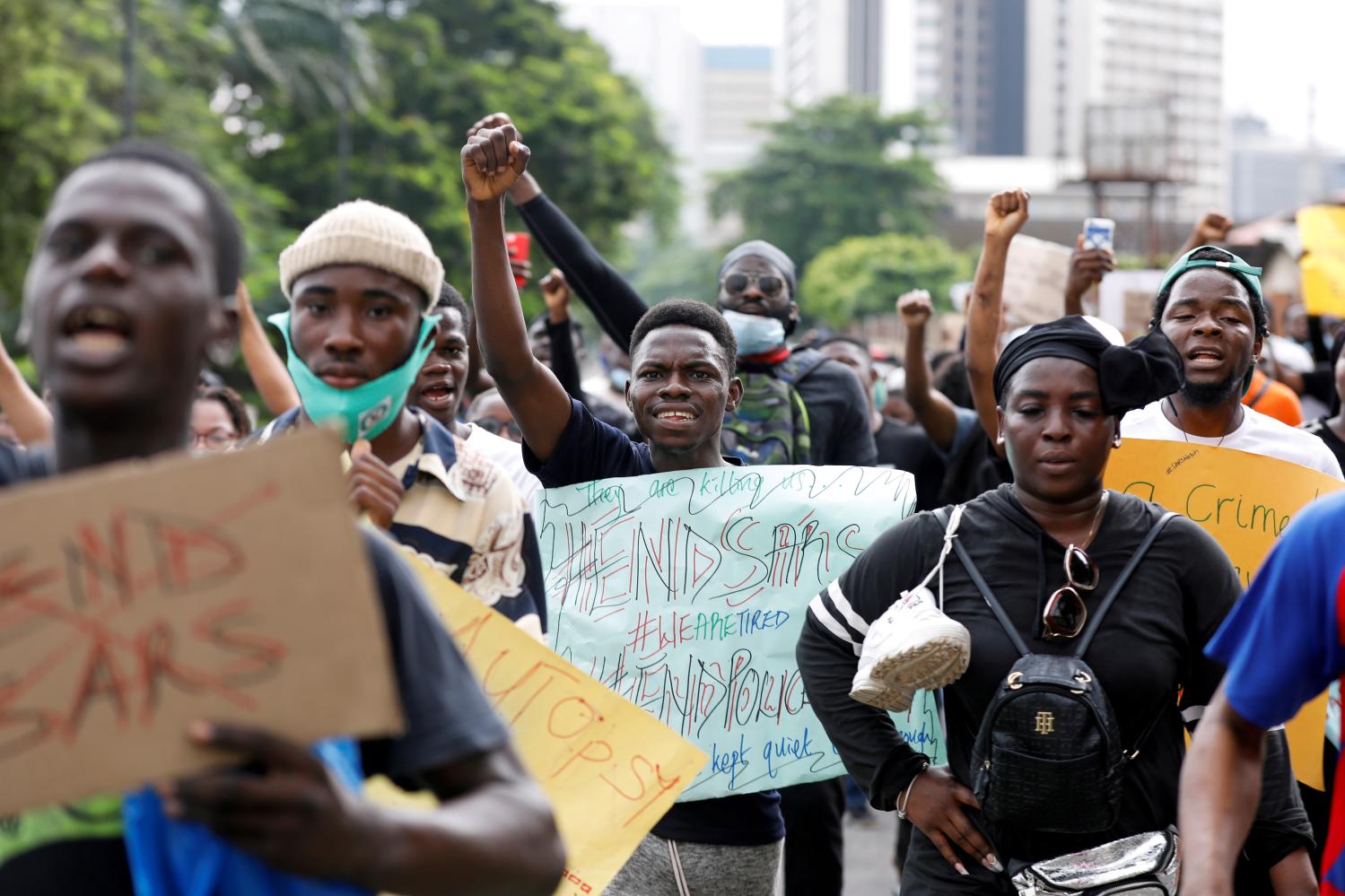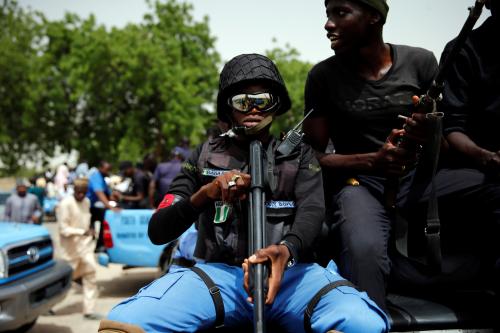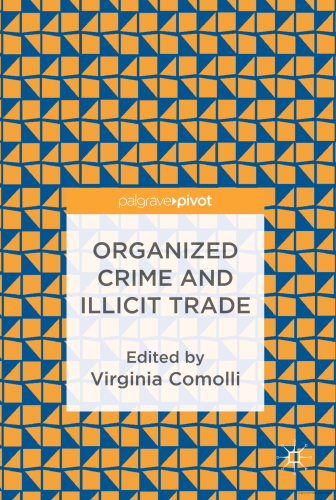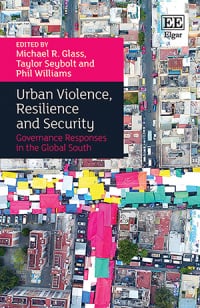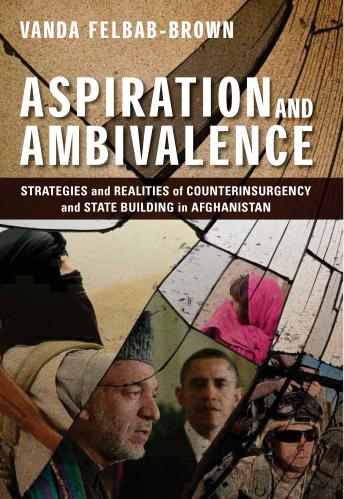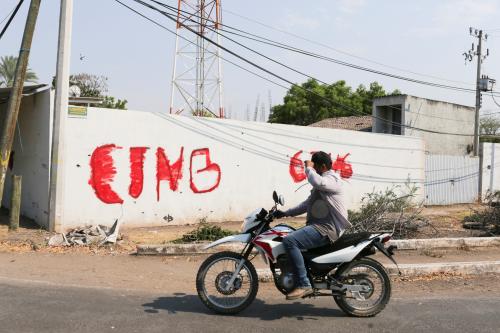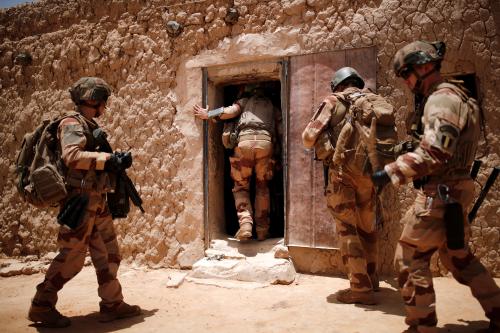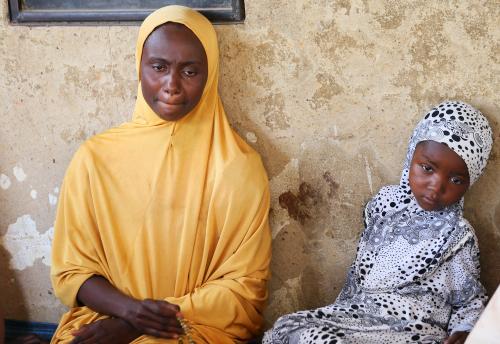The following is the executive summary of the report, “Vigilante groups and militias in southern Nigeria: The greatest trick the devil played was convincing Nigerians he could protect them,” produced by Vanda Felbab-Brown for the United Nations University’s (UNU) Centre for Policy Research. Adam Day was the project lead for this report. The full case study can be found here. This report builds on Felbab-Brown’s prior case study, “Militias (and militancy) in Nigeria’s north-east: Not going away,” as part of UNU’s Hybrid Conflict, Hybrid Peace project.
Executive Summary
This report centers primarily on two vigilante groups and their descendants – the Bakassi Boys in Nigeria’s South East and the Oodua People’s Congress (OPC) in Nigeria’s South West. These two groups have been key actors in the vigilante security landscape in the south over the past two decades. The report analyzes their formation, effectiveness, behavior, evolution, and anti-crime, security, and political impacts over the past two decades through the current period. It also analyzes official and unofficial policy responses to these groups by state-level authorities and the federal Government. The span of time that these groups have been in existence permits an examination of their evolution in response to one another, adaptation to changes in local political arrangements, popular reactions, security challenges, and the highly varied and back-and-forth response of state authorities and the federal Government.
The report, however, also brings in analysis of other vigilante and militias groups and situates them all in the highly complex landscape of vigilante and anti-crime militia groups in the south. A wide range of anti-crime militias and vigilante groups operate there. Some are, or have been, opposed to federal and state government, others represent particular ethnic groups. Some are recognized and formalized at least to some extent by state-level authorities, others receive no recognition or payment from the state. One paramilitary group, the Nigeria Security and Civil Defense Corps, is recognized and funded by the federal Government. Other groups, such as the Vigilante Group of Nigeria seeks federal recognition. In short, their institutional and financial arrangements and political support and formal recognition are highly varied. Some are tightly centralized, formalized, and hierarchical, and hold defined political agendas, while others, such as hunters’ groups, are far more informal.
Yet, some basic patterns frequently develop across many of these militia groups. The key findings of this study include:
- The initial ability of vigilante groups and anti-crime militias to effectively suppress violent crime tends to involve intense brutality, including extrajudicial killings, torture, illegal detention, and sometimes public executions, that probably create temporary deterrent effects.
- Local communities often initially embrace such groups and police units, the vigilantes often developing considerable political capital with local communities.
- State-level authorities seek to appropriate the militias and vigilantes for their purposes, even as the federal Government opposes the formation of such groups, sometimes violently.
- Neither the federal Government, nor state authorities, nor local communities exercise effective control over the militias and vigilante groups. What characterizes the vigilantes, is their profound lack of accountability, like much of the formal security apparatus in the country.
- Putting the militias on the state payroll alone does not moderate their behavior, especially if state authorities do not demand accountability from them for illegal acts.
- Indeed, vigilante groups tend to get away with egregious crimes, including public executions, murders, illegal detention, torture, and pervasive extortion of communities. If any prosecution against such behavior takes place, it tends to be sporadic and inadequate to deter their abusive and predatory behavior.
- Even though Nigerian state politicians and local communities keep embracing anti-crime vigilante groups, the groups’ effect on crime suppression is far less than meets the eye.
- Despite under-delivering public safety, engaging in increased abuse, and being subject to political manipulation over time, the vigilante and anti-crime militia groups tend not to go away. Their names may mutate and they may exist in different types of official or unofficial arrangements over time, but they, or their descendants, are still around 20 years later. This can be as much of a security challenge as a solution to intense insecurity.
- Local vigilante groups will become models for others, stimulating them either to incorporate anti-crime roles into their agendas, or contributing to their formation. The vigilante groups therefore create complex and lasting contagion effects.
This report first explains the context of vigilante and anti-crime militia group formation in Nigeria, including the struggles, challenges, and deficiencies of the Nigeria Federal Police. It discusses the evolution of the Special Anti[1]Robbery Squad (SARS), its own role in criminality, and the anti-SARS protests. It also provides a historic background of vigilantism in Nigeria and lays out the various sources from which vigilantism in Nigeria stems. The second section reviews the landscape of militia groups in southern Nigeria and outlines their different types, including in terms of formalization and official recognition. The third section details the formation, effectiveness, evolution, and anti[1]crime, security, and policy effects of the Bakassi Boys in Nigeria’s South East. It also analyzes 20 years of federal and state policy responses toward them. The following section provides the same analysis for the OPC in the South West.
The conclusions detail key analytical and policy findings. The report ends with detailed recommendations that include:
- Adopt serious police reform.
- Devolve some formal policing power to states.
- Hold accountable the vigilante forces who commit serious crimes.
- Develop a national-level legal framework for auxiliary policing forces.
- Vet and weed out vigilante groups who are accorded federal or state-level institutional support. • Provide human rights training to vigilantes and anti-crime militias.
- Provide justice, support, and compensation for victims of vigilante violence.
- Promote peacebuilding activity targeting toward crime and revenge prevention.
- Promote efforts to expose and limit political appropriation of militia groups by Nigerian politicians and their illegal use.
- Look out for windows of opportunity to move the above agenda forward.
The full report can be found here.

